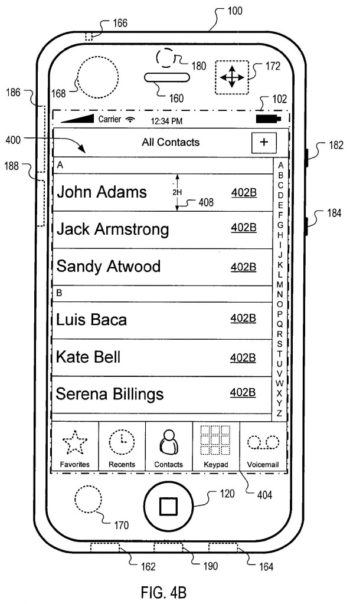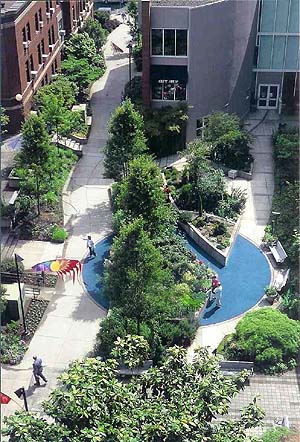“The creation of products and services that deliver significant new customer value.”
That’s the short definition of Innovation. But the ability to achieve successful results is more difficult than one might think. Organizations that depend on their innovation capabilities for success must contend with this sobering statistic: 70-90% of all innovation efforts fail.
The primary reason for this low rate of success, the norm within the innovation world, can be traced to the methods used for identifying innovation opportunities and framing design responses. In our research we have identified several industries that have advanced outcome-oriented frameworks, which offer dramatically better ways to tackle innovation challenges.
The premise, which we have adapted for architecture, is that innovation performance can become more predictable and responsive to what people really need, by leveraging these two connected insights:

Jobs
People “hire” products and services to help them get jobs and activities done (and this extends to buildings). We call this the “job” paradigm – that all of our activities can be understood as the execution of jobs – both functional and emotional. Everything we own, rent, or otherwise use is something we “hire” to help us do a job. Consider the stupendously large number of things you own. Using this filter you can start to appreciate how each one is in some way part of your hired arsenal for optimizing day to day life.
Outcomes
For every “hire,” people also assess (often unconsciously) how well the hired product or service performs. These are called the “desired outcomes” and there may be dozens of them for any given job or activity.
To be useful, desired outcomes of a job need to be appreciated along two separate dimensions – the level of importance (low to high) in comparison to level of satisfaction (low to high). Outcomes that are revealed to be high in importance but low in satisfaction define the opportunity space where design can be focused to create new value. These are the exact places where users report what outcomes would be of significant value to them, if only they could “hire” something to help them achieve it.

Think of any new product or service that has become successful. Whether an incremental improvement to an existing platform, or as a way to get a new job done that had not previously existed, this framework holds up.
Smart phones have emerged as the product/service device with a seemingly limitless capacity to perform hundreds of jobs by way of thousands of software apps. They are successful because they both offer new ways to get jobs done (even jobs people previously did not perform) and to also do a better job of satisfying customers’ desired outcomes.

Inputs
Henry Ford, in his way, cautioned innovators to be careful about customer inputs:
If I’d asked people what they wanted, they would have said a faster horse.
It is important for designers to distinguish between needs expressed as better solutions, versus needs expressed as solution-free desired outcomes. Ford’s innovation arose in response to people’s unarticulated desired outcomes – to be able to travel more quickly, more comfortably, and over longer distances, to name a few. Innovation, in this sense, can also be defined as “the art and science of solving for important desired outcomes.”
Emotions
Innovation around emotional jobs and emotional outcomes is equally important, and in some cases may be the primary aim of an innovation solution. Consider the flourishing of “healing gardens” in healthcare environments. For patients and families, the presence of gardens is a direct response to the emotional job of “recovering and connecting.” Knowing that this is an emotional-based job with perhaps hundreds of emotional outcomes is uniquely revealed by the jobs/outcomes paradigm and provides designers with a new way of understanding and acting on the solution/outcome equation.
